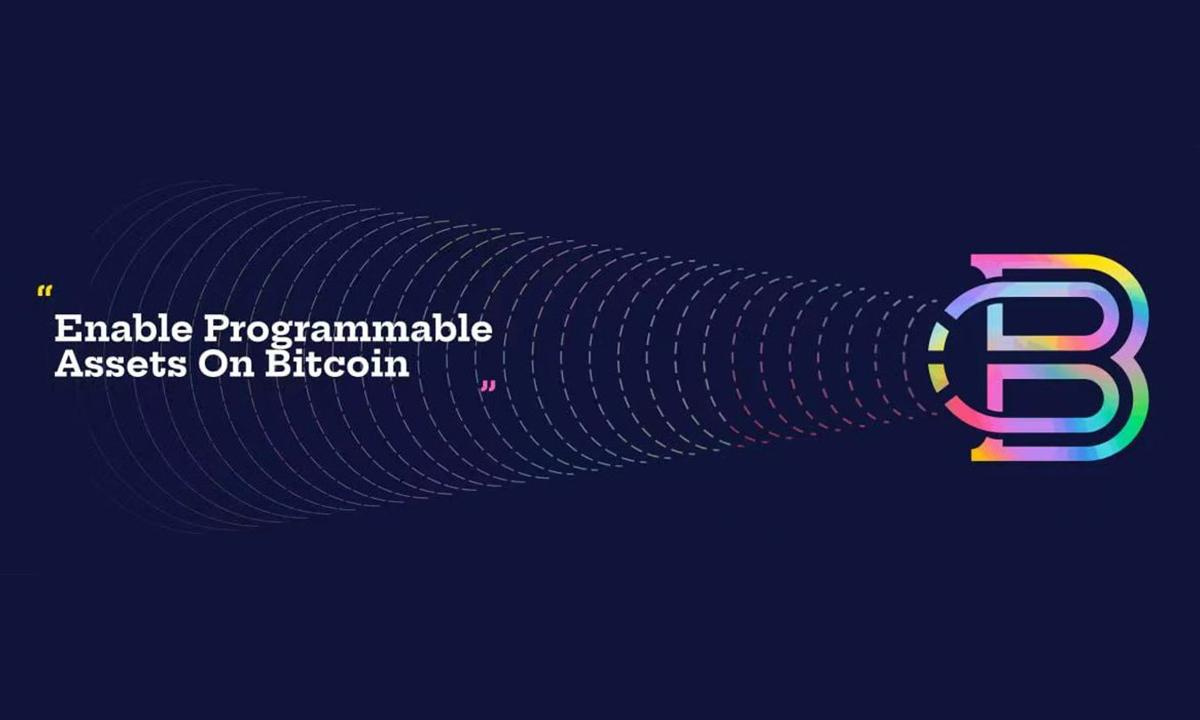Chainwire, New York, USA, December 15, 2023
In the realm of Bitcoin’s on-chain assets, Bitboost’s exploration of programmability presents a groundbreaking paradigm, transforming Bitcoin into a dynamic asset playground. Protocols such as Ordinals, BRC-20, and Atomicals significantly strengthen Bitcoin’s on-chain assets, providing new approaches to Bitcoin scaling. In other words, it uses Bitcoin as a bulletin board to post assets and execute asset transactions off-chain through indexers. Unlike rollups, this method does not verify the results of transaction execution in Bitcoin and is therefore completely independent of Bitcoin.
Many popular assets have been minted on Bitcoin through this approach. The method of issuing these assets is fair mining, which allows anyone to issue a certain amount of assets through Bitcoin transactions. This issuance method provides fair opportunities for participants and results in a decentralized asset distribution that more closely aligns with the principles of decentralization. Most of these assets have been issued since March, and some popular assets, such as $ORDI and $SATS, now have market capitalizations exceeding $1 billion, resulting in significant wealth effects.
Challenges Behind the Popularity of Asset Protocols
Behind this popularity, there are also many problems with these asset protocols. First, the asset issuance pattern is single and fixed, so it only supports fair mining and lacks support for additional issuance methods such as whitelists and IDOs. Second, the asset circulation pattern is also very strict; it does not accommodate DeFi applications such as swaps, lending, staking, etc., and only supports transfers and exchanges with BTC. Users are limited to activities such as minting, holding, and buying/selling BTC, limiting the usefulness of these assets.
The fundamental reason why these types of problems occur is because the assets lack programmability. All features of an asset are hardcoded into the protocol and users cannot override them. Taking BRC-20 as an example, the asset’s functions are limited to distribution, issuance and transmission. If these assets can interact with smart contracts, users can modify or add functions through smart contract creation, and the problem of fixed function patterns can be completely solved.
Bitboost’s Unique Solution: The Endgame of Programmable Asset Protocol
Bitboost has conducted research on all publicly available smart contract solutions on Bitcoin, including on-chain solutions like BitVM, sidechain solutions like Rootstock and Stacks, and layer 2 solutions like RGB and BEVM. After analyzing and comparing the strengths and weaknesses of all these solutions, Bitboost believes that the following principles should be adhered to when designing a programmable asset protocol on Bitcoin:
- Simplicity: It should not place undue strain on the Bitcoin network.
- Security: Malicious actions by some participants cannot lead to protocol errors.
- Compatibility: Must be compatible with existing wallets, explorers, and other tools.
It is on these principles that Bitboost was incubated. Bitboost posts Ethereum-style transactions to Bitcoin and leverages an off-chain indexer integrated with the Ethereum Virtual Machine (EVM) to execute these transactions. This allows launching an EVM execution environment on Bitcoin, enabling asset issuance and deployment of DeFi applications within this environment.
- In terms of simplicity, Bitboost packages and compresses transactions into batches, similar to rollups, and then publishes these batches to the Bitcoin network. Transaction sizes and fees can be much lower than Bitcoin transactions.
- In terms of security, the entire protocol does not rely on multiple signatures and is not interrupted by the failure of some nodes. Like other Bitcoin asset protocols, it is not completely trustworthy.
- In terms of compatibility, protocol participants can be divided into users and miners. For users, Bitboost is like the Ethereum chain and can be interacted with using existing Ethereum tools such as Metamask. For miners, all they have to do is help the protocol record transactions from the mempool to Bitcoin via the Ordinals protocol and receive Bitboost’s native tokens as a reward.
Bitboost is called Bitcoin’s coprocessor. This is similar to how the CPU delegates computationally intensive display tasks to the GPU, and the GPU performs the calculations before returning the results to the user on the screen. The GPU is commonly referred to as the CPU’s coprocessor. Bitcoin delegates the processing of on-chain assets to Bitboost, and after Bitboost completes the processing, it returns the results to the user through an Ethereum-compatible API.
The difference between Bitboost and Rollup is that Bitboost’s state root is not synchronized with Bitcoin and is therefore not verified by Bitcoin through proof of validity or proof of fraud. Since Bitcoin does not have smart contracts, it lacks the ability to verify the root of state. Therefore, it is not possible to set up a trustless 1:1 asset-locked bridge between Bitboost and Bitcoin. Instead, at Bitboost, native tokens are exchanged for BTC via Partially Signed Bitcoin Transactions (PBST) in the same way as other on-chain assets.
Introduction to Bitboost
Bitboost pioneers the programmability of Bitcoin on-chain assets, providing a unique solution that combines simplicity, security, and compatibility. Bitboost, Bitcoin’s co-processor, ushers in a new era where users can redefine asset functions through smart contracts and improve the overall utility and scalability of the Bitcoin network.
Contact TrustlessLabs at Trustlesslabs@proton.me
Disclaimer: This is a sponsored press release and is provided for informational purposes only. It does not reflect the views of Crypto Daily and is not intended to be used as legal, tax, investment, or financial advice.

